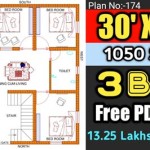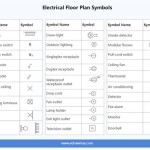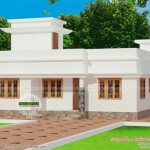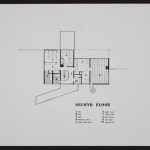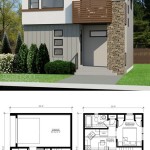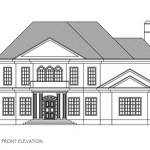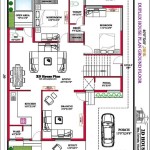Floor Plans For Big Houses: Essential Aspects
Creating a well-designed floor plan for a big house can be a daunting task, but it's crucial for ensuring the home's functionality, flow, and overall aesthetic appeal. Here are some essential aspects to consider when designing floor plans for large dwellings:
1. Establish a Central Focus: Determine the main focal point of the house, such as a grand staircase, a fireplace, or a stunning view. This central element will help organize the surrounding spaces and create a sense of balance.
2. Define the Flow: Pay attention to the movement of people throughout the house. Design a floor plan that allows for efficient movement between different rooms and prevents bottlenecks. Consider the placement of doors, hallways, and staircases to facilitate smooth transitions.
3. Divide the House into Zones: Group similar functions together by dividing the house into zones. For instance, create a public zone for entertaining, a private zone for bedrooms, and a service zone for utilities and storage. This zoning helps streamline traffic and enhances privacy.
4. Plan for Comfort and Convenience: Prioritize comfort by incorporating amenities such as comfortable seating areas, adequate lighting, and well-placed windows. Consider the convenience of daily activities by planning for dedicated spaces for essential tasks, such as a home office, laundry room, and pantry.
5. Consider Natural Light: Design the floor plan to maximize natural light throughout the day. Position windows and skylights strategically to illuminate interior spaces and reduce the need for artificial lighting. Natural light not only improves ambiance but also creates a healthier environment.
6. Incorporate Storage Solutions: Ample storage is essential in large houses. Plan for built-in closets, shelves, and cabinets to keep clutter at bay. Consider hidden storage options to maintain a clean and organized appearance.
7. Create a Connection to the Outdoors: Extend the living space by incorporating access to the outdoors. Design patios, terraces, or balconies that seamlessly connect interior and exterior areas. Outdoor spaces enhance the sense of spaciousness and provide opportunities for relaxation.
8. Allow for Flexibility and Customization: Design a floor plan that allows for flexibility in the future. Consider multipurpose rooms that can adapt to changing needs. Provide space for potential additions or renovations to accommodate evolving lifestyles.

House Plands Big Floor Plan Large Images For Su Plans Американские дома Планы этажей Планировки

Floor Plans For A Small Left Medium Center And Large Right House Scientific Diagram

2 Story Modern House Plans Houseplans Blog Com

Spacious And Open Best Floor Plans For Families Blog Homeplans Com

Unique Two Story House Plan Floor Plans For Large 2 Homes Desi Family Blueprints Victorian

4 Bedroom Tropical Style Two Story Home
Luxury Houseplans Home Design Ohp 20040 19291

House Plan 63095 Quality Plans From Ahmann Design

Top 15 House Plans Plus Their Costs And Pros Cons Of Each Design

Large 2 Story House With 4 Bedrooms


